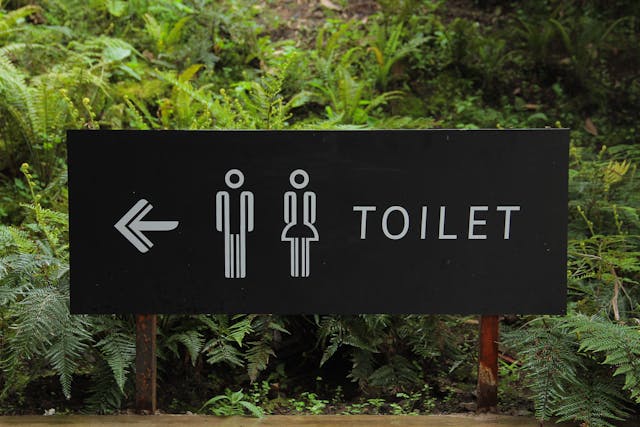What are some good tips and treatment options to manage overactive bladder? Overactive bladder (OAB) is a common urological condition that affects millions of men and women, especially as they age. It involves a frequent and sudden urge to urinate, which can be difficult to control and may lead to unintentional urine leakage. While OAB can be disruptive to daily life, there are numerous treatment options and self-care strategies that can help manage symptoms and restore confidence.

Understanding Overactive Bladder
OAB occurs when the bladder muscles contract involuntarily, even when the bladder isn’t full. This can result in frequent urination (more than eight times in 24 hours), nocturia (waking up more than once at night to urinate), urgency, and urge incontinence.
Common risk factors for OAB include:
- Aging
- Neurological disorders (e.g., Parkinson’s disease, stroke)
- Diabetes
- Bladder obstruction or enlarged prostate (in men)
- History of urinary tract infections (UTIs)
For more information, visit the Urology Care Foundation.
Lifestyle and Behavioral Strategies
In many cases, lifestyle changes and behavioral therapy can significantly reduce OAB symptoms.
Bladder Training
Bladder training involves scheduling bathroom visits at specific intervals and gradually increasing the time between voids. This helps retrain the bladder to hold more urine and reduce urgency.
Dietary Modifications
Certain foods and beverages can irritate the bladder and worsen symptoms. Common triggers include:
- Caffeine (coffee, tea, soda)
- Alcohol
- Spicy foods
- Citrus fruits
- Artificial sweeteners
Replacing these with bladder-friendly alternatives and maintaining proper hydration can reduce OAB flare-ups.
Pelvic Floor Exercises (Kegels)
Strengthening the pelvic floor muscles helps support the bladder and can improve urinary control. Kegel exercises are especially beneficial for both men and women with urge incontinence.
Medical Treatments for Overactive Bladder
 When behavioral strategies are not enough, medical therapies can be highly effective in managing OAB symptoms.
When behavioral strategies are not enough, medical therapies can be highly effective in managing OAB symptoms.
Medications
Medications work by relaxing the bladder muscle to prevent involuntary contractions.
- Anticholinergics: Such as oxybutynin and tolterodine, which reduce bladder spasms.
- Beta-3 agonists: Such as mirabegron (Myrbetriq), which relax the bladder and increase its capacity.
Side effects can include dry mouth, constipation, and increased blood pressure, so it’s important to discuss risks with your urologist.
Botox Injections
Botulinum toxin (Botox) can be injected into the bladder wall to relax the muscles and reduce OAB symptoms. The effects typically last 6–9 months and the procedure is done in-office.
Nerve Stimulation Therapies
Two main types of neuromodulation therapies are used for OAB:
- PTNS (Percutaneous Tibial Nerve Stimulation): A needle electrode near the ankle sends impulses to nerves that control bladder function.
- Sacral Neuromodulation: A small device is implanted near the sacral nerve to regulate bladder signals.
For more information, visit Mayo Clinic.
Overactive Bladder Tips and Treatment: Conclusion
Overactive bladder is a manageable condition with the right combination of lifestyle changes, therapies, and medical treatments. From bladder training and dietary modifications to Botox and nerve stimulation, a wide range of options are available based on your specific needs.
For expert diagnosis and a personalized treatment plan, schedule a consultation with Dr. Yaniv Larish at Fifth Avenue Urology. Dr. Larish provides compassionate, evidence-based care tailored to help patients regain control and improve quality of life.
FIFTH AVENUE UROLOGY
4 East 76th Street
New York, NY 10021
Phone: 212-675-3186
Website: https://www.fifthavenueurology.com/
